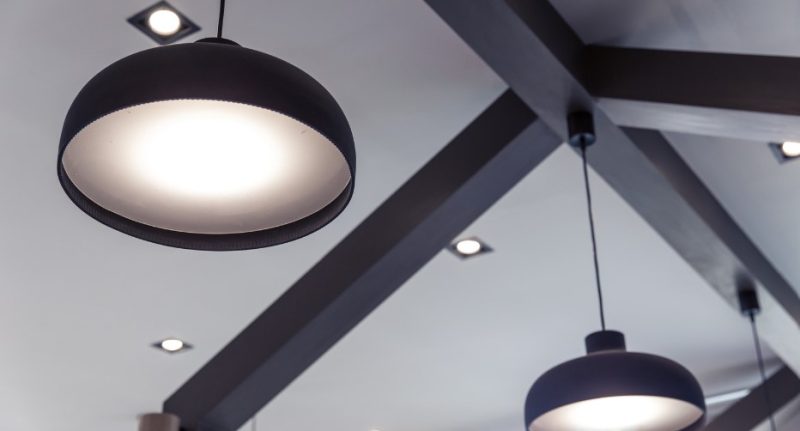Transforming Commercial Spaces with Modular Lighting Solutions
Commercial spaces, such as shopping centres, restaurants and offices, can be transformed by good lighting, which is a key element of design that has an effect on the people within the space. Modular lighting, also known as flexible lighting, is a fixture design that can serve many different purposes, giving designers flexibility when it comes to creating the best lighting for a space. Let’s take a closer look at how commercial spaces can use this kind of illumination.
Modular Basics

With traditional lighting, you tend to get one fixture that does one job, limiting the options when it comes to illuminating a space. Modular lights, on the other hand, provide multiple lighting options from a single fitting. Typically using LEDs, this modern form of lighting allows for parts to be changed and moved without the need to significantly modify wiring systems.
How Do Modular Lights Benefit Commercial Spaces?
One of the best things about modular lights is the variation they give in terms of design, allowing commercial spaces to make a statement with lighting. For example, options could include using spotlights to put focus on a particular area, soft lighting to create a relaxing ambience, or bright lights to emphasise products in a store. As there is no limit to the type of lighting that can be used, modular solutions give greater creative freedom when spaces are designed.
Another benefit of these types of LED lighting systems is that they use less energy, helping businesses lower their energy use and costs. In addition, many parts can be reused or recycled, again saving money on having to buy replacement lighting units. Add to that the ability to control lighting using smart technology, and there are even more energy and money-saving opportunities.
Once modular lighting is installed in a building, the lights can be changed easily and swapped for different styles, all with minimal disruption. This is especially important in the workplace as there is little downtime for staff, while for spaces that serve the public, this ensures that they can recommence normal operation in a short period of time. Being able to redesign lighting as and when needed means that spaces can be adapted to perform different functions when required.
Commercial Spaces and Sustainability
With sustainability at the forefront of many industries, businesses are looking for ways to minimise any adverse impact on the environment. Using sustainable lighting solutions is a quick way to make a difference, helping to meet sustainability targets as well as customer expectations.
We’ve already seen how reusing and recycling can save money, yet this aspect of modular lighting also benefits the environment. LEDs last far longer than traditional incandescent or fluorescent bulbs, and this longer lifespan means that fewer bulbs need to be made to provide businesses with the light they need to operate. With reduced manufacturing needs, the lighting industry is taking major strides in lowering its impact on the environment.
The Future of Lighting

Modular lights are already bringing many benefits to businesses as well as the people who use them. So, how might this type of illumination look in the future?
On the sustainability front, more components of lighting systems seem set to be made with eco-friendly materials, such as biodegradable plastics, helping to further reduce the impact on the environment.
Many types of lighting are already fitted with sensors that allow them to perform a variety of functions; as this connectivity becomes more popular, there will be less need for human intervention, as the information shared can be used to monitor and adjust lighting automatically.
Another potential for the future of lighting is in improving human health. The right amount and type of light is key to a healthy sleep pattern, as it is intrinsically built into our circadian rhythm. Unfortunately, too much unnatural light is a major part of daily life, especially for those who work unsociable hours. To combat this, modular lights could be made more human-centric and automatically adjust their levels and colour spectrum to help people be more productive during the day while more relaxed in the evening, promoting overall health.
Conclusion
Overall, using modular lights brings a wide range of advantages for commercial spaces looking to improve their sustainability and keep energy costs low. However, one of the best reasons to make the switch is to be able to design lighting that enhances a space by creating a different ambience depending on the need.
Whether it is to increase the functional aspects such as staff productivity or to create an artistic statement, modular lights can achieve it all. As technology continues to develop, there would seem to be an exciting future for the lighting industry.







